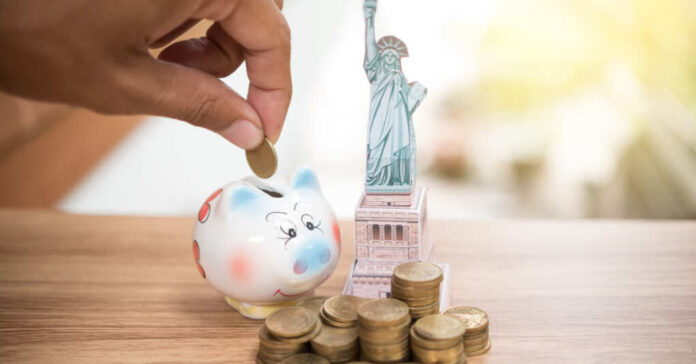
In 2019, New York City unveiled a new way to financially destroy residents: charge them outrageous tolls for visiting Manhattan.
The “Congestion Tax” is a money-grabbing scheme under the guise of so-called “green” policies, with revenues projected to exceed $1 billion per year. This will be on top of the estimated $3.2 billion current revenues already generated by tolls. Motorists can be expected to pay upwards of $23 a day during rush hour, or $17 a day for off-hour travelers, for the privilege of going to Manhattan. The tolls are charged regardless of the reason for the visit, meaning employees can expect to pay an additional $100 per week in tolls just for working in Manhattan.
But Manhattan still has a pandemic problem. Many of New York City’s offices remain empty, even after lockdowns were lifted. According to recent data, office buildings in New York City remain half-empty when compared to pre-COVID-19 levels of occupation.
It’s not just offices that are empty, however. During the pandemic, many retailers, especially those in Manhattan, shuttered their doors forever.
Officials are only now rethinking the “congestion tax” and its impact on struggling Manhattan. Charging people crippling fees to enter the borough may be the final straw, ensuring its demise. Those who choose to avoid the tolls and park outside of Manhattan are predicted to face massive parking shortages in a city where parking is already at a premium.
Meanwhile, parking garage owners within Manhattan fear that the tolls will stop people from driving into the borough and put them out of business. New York City agrees, acknowledging that the tolls will “result in a reduction in parking demand” inside the borough while increasing parking demand at park-and-rides, subway stations, and other already-crowded lots.
Residents outside of Manhattan are concerned that on-the-street parking, already scarce, will dry up altogether and keep them from parking anywhere near their homes.
While leadership argues that the “congestion tax” will help the environment and generate money for the transit system, critics understand that the tolls will be unaffordable for the average resident and that they will simply stop coming to Manhattan altogether. This, they argue, will increase inequality in an area that has already become inaccessible for low-income residents.
Tyler Cowen, an economics professor, notes, “Another problem for Manhattan is that the borough is increasingly the province of the wealthy. Manhattan might do better to avoid complete gentrification and to keep some marks of its artistic and working-class backgrounds.” He goes on to add, “But if expensive tolls mean that mainly wealthier visitors come, that will help the fancy jewelers and retailers and other high-price sellers, which in turn will nudge Manhattan more in a wealthy, gentrified direction.”
Other critics don’t believe the transit system will be able to accommodate extra travelers seeking to avoid the cumbersome tolls. The MTA, for instance, would need to beef up its capacity to serve riders throughout the weekend and during off-peak hours.
For residents in New Jersey looking to come to Manhattan, the costs are even more devastating. Senator Bob Menendez (D-NJ) is fighting the “congestion tax” at the federal level. Commuters from New Jersey already pay $17 per day to travel through tunnels and into Manhattan, and this new charge will cost them an additional $5000 per year in tolls alone.
But New York Governor Kathy Hochul doesn’t intend to let the pesky financial devastation of commuters get in the way of the Democratic climate-change agenda. “We are going to be the very first state in the nation, the very first city in America, to have a congestion pricing plan. We are setting the standard right here in real time for how we can achieve cleaner air, safer streets, and better transit.”
New York City is already one of the priciest places to live in America. Housing expenses are 230% higher than the average national, utilities are 5% higher, food is 25% higher, and goods and services are an estimated 28% higher than the national average. At 12.47%, New York has the highest tax burden in America. In addition to these expenses, New York charges commuters tolls on all bridges and tunnels.
The “congestion tax” may be the final straw for frustrated New Yorkers to flee the Big Apple and head south for more affordable Florida oranges. And that means sour grapes for the money-hungry leadership of New York City.














